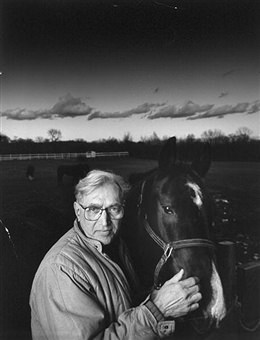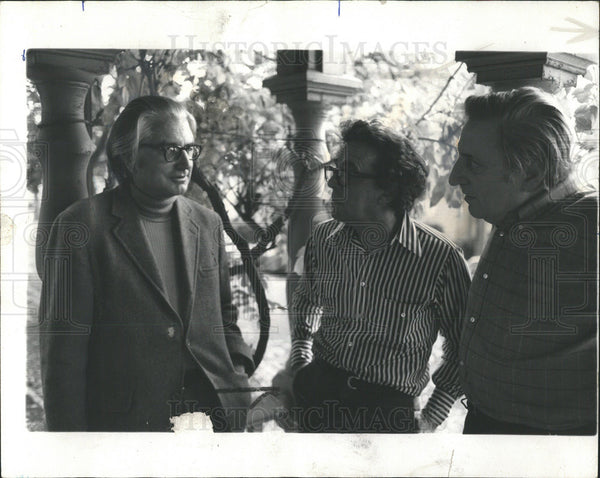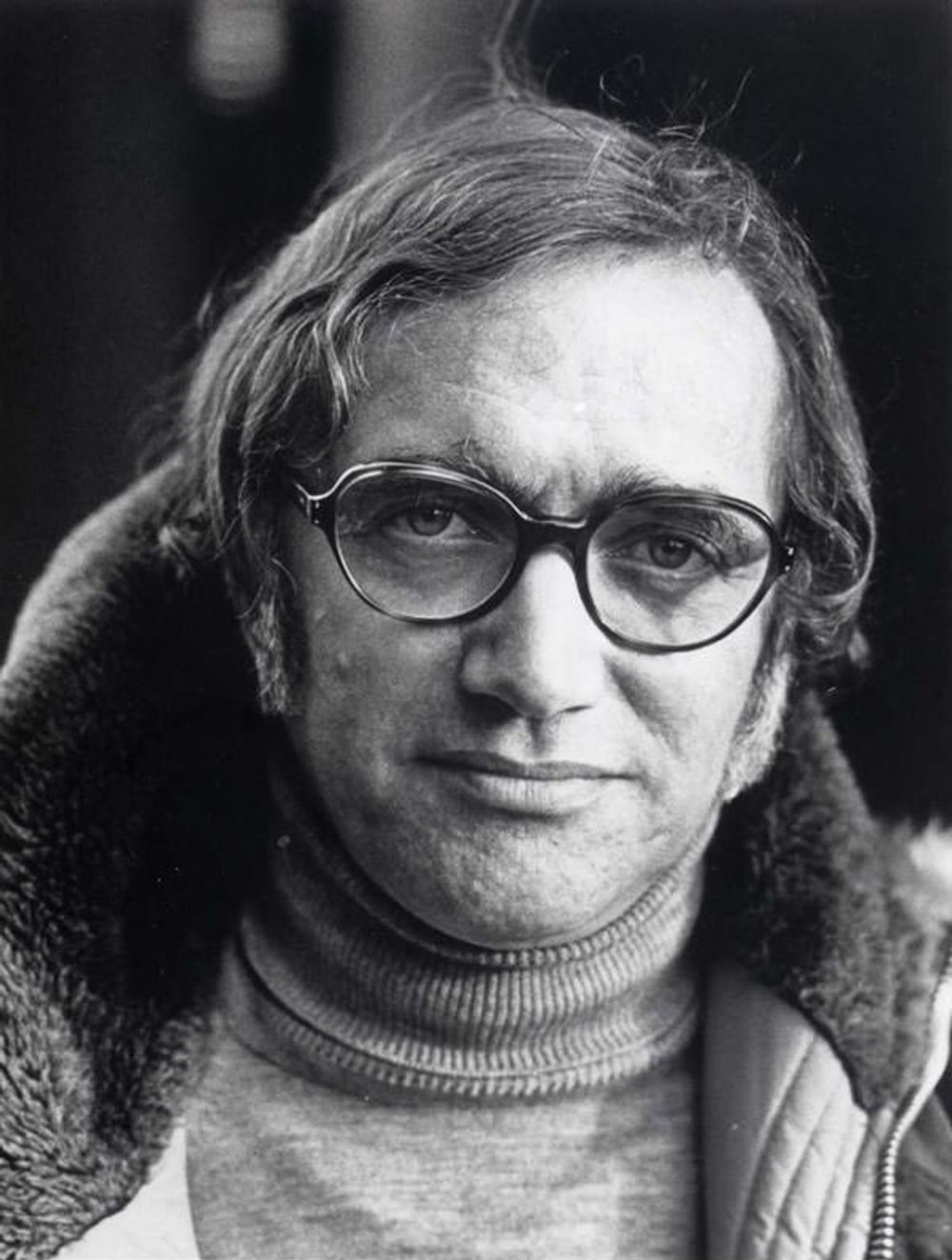John Hawkes
 John Hawkes was an American writer known for his innovative and experimental novels that challenged traditional narrative structures. Born on August 17, 1925, in Stamford, Connecticut, Hawkes grew up in a tumultuous period marked by the Great Depression and World War II. These formative years deeply influenced his literary sensibilities, leading him to develop a unique style characterized by fragmented storytelling, surreal imagery, and psychological depth.
John Hawkes was an American writer known for his innovative and experimental novels that challenged traditional narrative structures. Born on August 17, 1925, in Stamford, Connecticut, Hawkes grew up in a tumultuous period marked by the Great Depression and World War II. These formative years deeply influenced his literary sensibilities, leading him to develop a unique style characterized by fragmented storytelling, surreal imagery, and psychological depth.
Hawkes served in the United States Army Air Forces during World War II, an experience that profoundly shaped his worldview and provided material for his later writing. After the war, he attended Harvard University, where he studied under the renowned literary critic Harry Levin and earned both his bachelor's and master's degrees.
His literary career began in the 1950s with the publication of his debut novel, "The Cannibal." This work established many of the themes and techniques that would define his oeuvre: the exploration of violence, the fragility of identity, and the blurring of reality and fantasy. Set in a post-apocalyptic landscape, "The Cannibal" follows the journey of a nameless protagonist as he navigates a world populated by grotesque characters and surreal landscapes. The novel's nonlinear narrative and dreamlike imagery earned it critical acclaim and established Hawkes as a leading figure in the burgeoning American avant-garde literary scene. In the following decades, Hawkes continued to push the boundaries of fiction with works such as "The Lime Twig" (1961) and "Second Skin" (1964). These novels further demonstrated his mastery of form and his ability to create hauntingly atmospheric worlds populated by eccentric characters. "The Lime Twig" is a taut thriller set in England and featuring a cast of desperate individuals caught up in a web of deception and violence. "Second Skin," on the other hand, delves into the psyche of its protagonist, exploring themes of obsession, desire, and alienation.
In the following decades, Hawkes continued to push the boundaries of fiction with works such as "The Lime Twig" (1961) and "Second Skin" (1964). These novels further demonstrated his mastery of form and his ability to create hauntingly atmospheric worlds populated by eccentric characters. "The Lime Twig" is a taut thriller set in England and featuring a cast of desperate individuals caught up in a web of deception and violence. "Second Skin," on the other hand, delves into the psyche of its protagonist, exploring themes of obsession, desire, and alienation.
Throughout his career, Hawkes's work was marked by a fascination with the darker aspects of human nature. His characters often grapple with existential questions and struggle to find meaning in a chaotic and indifferent universe. Yet, despite the bleakness of his subject matter, Hawkes infused his writing with a darkly comic sensibility and a keen eye for the absurdities of modern life.
In addition to his novels, Hawkes was also a prolific short story writer, with collections such as "The Owl" (1954) and "The Goose on the Grave" (1954) showcasing his talent for crafting concise yet powerful narratives. His stories often feature bizarre and surreal scenarios that serve as allegories for the human condition, exploring themes of alienation, desire, and mortality.
Despite his critical acclaim, Hawkes never achieved the same level of commercial success as some of his contemporaries. His work, with its challenging style and dark subject matter, was perhaps too unconventional for mainstream audiences. Nevertheless, he garnered a dedicated following among readers and fellow writers who admired his bold experimentation and uncompromising vision.
In his later years, Hawkes continued to write and teach, holding positions at Brown University and the University of Rhode Island. He remained an influential figure in American literature until his death on May 15, 1998, leaving behind a body of work that continues to inspire and provoke readers to this day. John Hawkes was a visionary writer whose innovative novels and short stories challenged the conventions of traditional storytelling. Through his exploration of violence, identity, and the surreal, he created a body of work that remains as compelling and relevant as ever. While he may not have achieved widespread commercial success during his lifetime, his influence on the development of American literature cannot be overstated. Hawkes's legacy endures as a testament to the power of literature to explore the depths of the human experience.
John Hawkes was a visionary writer whose innovative novels and short stories challenged the conventions of traditional storytelling. Through his exploration of violence, identity, and the surreal, he created a body of work that remains as compelling and relevant as ever. While he may not have achieved widespread commercial success during his lifetime, his influence on the development of American literature cannot be overstated. Hawkes's legacy endures as a testament to the power of literature to explore the depths of the human experience.
Following his passing in 1998, John Hawkes left behind a legacy that continues to influence generations of writers and readers alike. His experimental approach to narrative structure, his willingness to tackle dark and complex subject matter, and his mastery of language and imagery have cemented his place in the canon of American literature.
One aspect of Hawkes's work that continues to resonate with readers is his exploration of the human psyche. Throughout his novels and stories, he delves deep into the inner lives of his characters, exposing their fears, desires, and insecurities. By doing so, he offers readers a glimpse into the complexities of the human condition, challenging them to confront their own anxieties and uncertainties. Moreover, Hawkes's use of surreal imagery and dreamlike landscapes adds an additional layer of depth to his work. His novels are populated by bizarre and often grotesque characters who inhabit equally strange and otherworldly environments. Through these surreal settings, Hawkes is able to create a sense of disorientation and unease, forcing readers to question the nature of reality itself.
Moreover, Hawkes's use of surreal imagery and dreamlike landscapes adds an additional layer of depth to his work. His novels are populated by bizarre and often grotesque characters who inhabit equally strange and otherworldly environments. Through these surreal settings, Hawkes is able to create a sense of disorientation and unease, forcing readers to question the nature of reality itself.
In addition to his exploration of the human psyche, Hawkes was also deeply interested in the nature of storytelling itself. Many of his novels feature fragmented narratives and unreliable narrators, blurring the line between truth and fiction. By subverting traditional narrative conventions, Hawkes invites readers to actively engage with his work, piecing together the puzzle of his stories and drawing their own conclusions.
Furthermore, Hawkes's writing is characterized by its rich and evocative prose. His sentences are often lyrical and poetic, filled with vivid imagery and striking metaphors. This attention to language allows Hawkes to create immersive worlds that linger in the mind long after the final page has been turned.
Overall, John Hawkes's contributions to American literature are significant and enduring. His bold experimentation, his expl oration of the human psyche, and his mastery of language and imagery have secured his place as one of the most innovative writers of the 20th century. As readers continue to discover and revisit his work, his influence is sure to endure for generations to come.
oration of the human psyche, and his mastery of language and imagery have secured his place as one of the most innovative writers of the 20th century. As readers continue to discover and revisit his work, his influence is sure to endure for generations to come.















































































